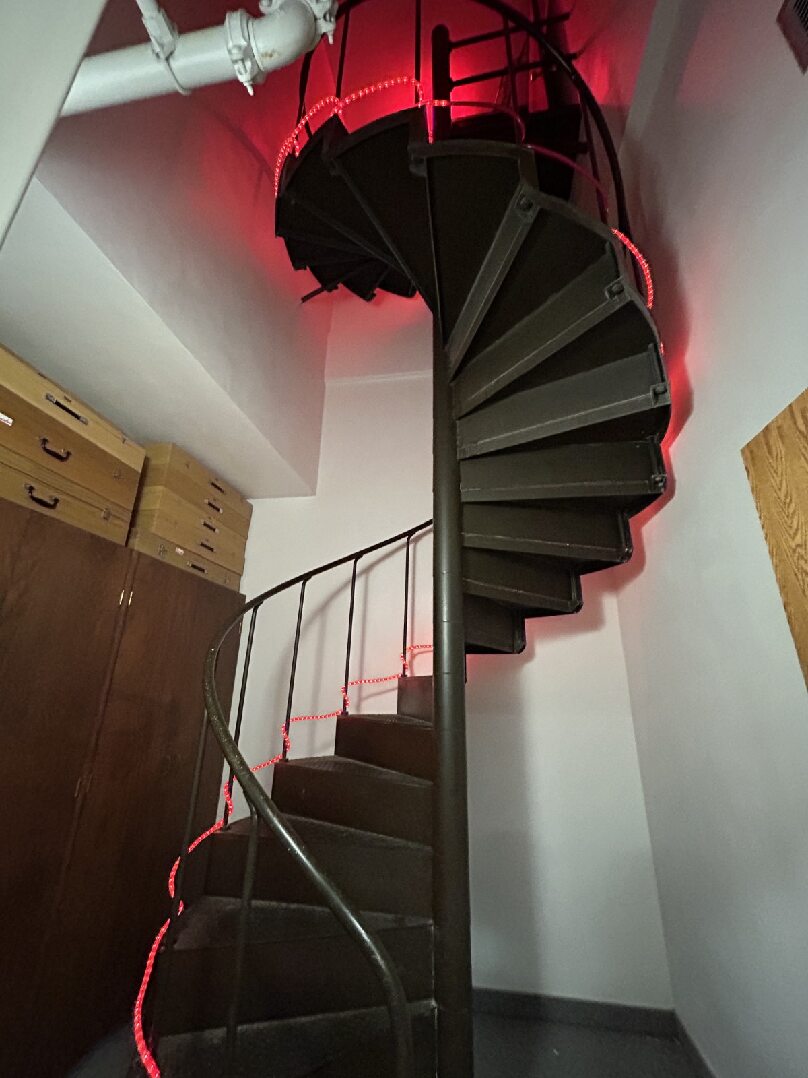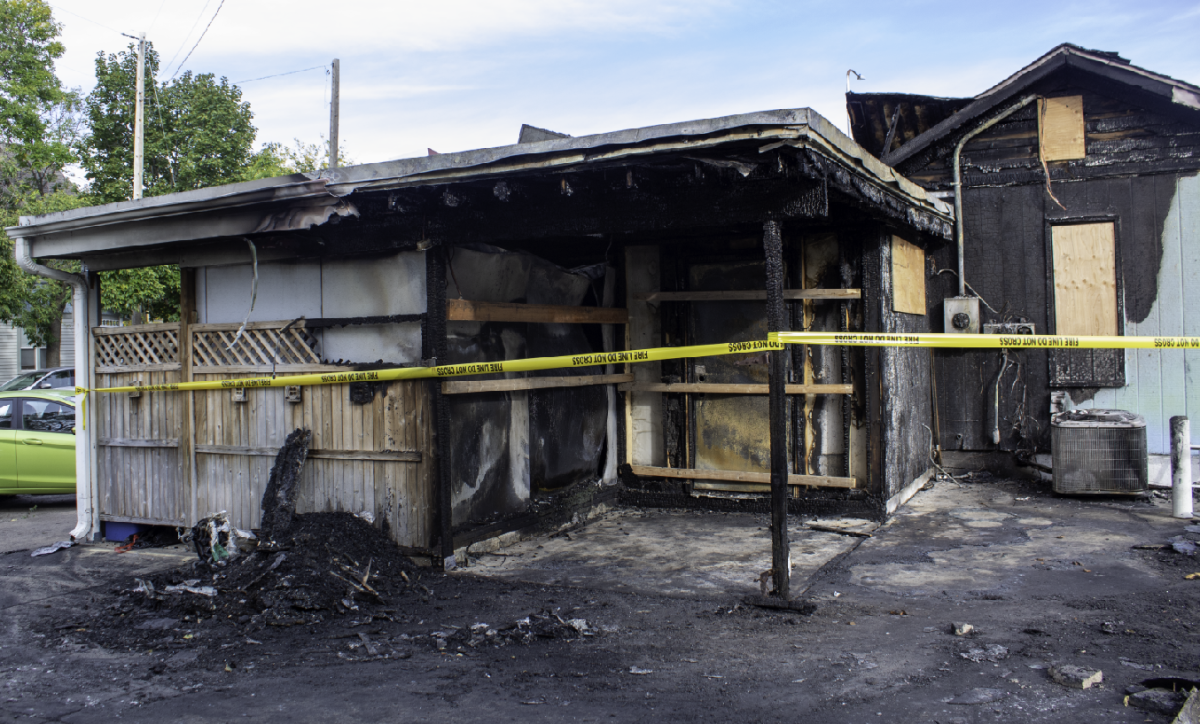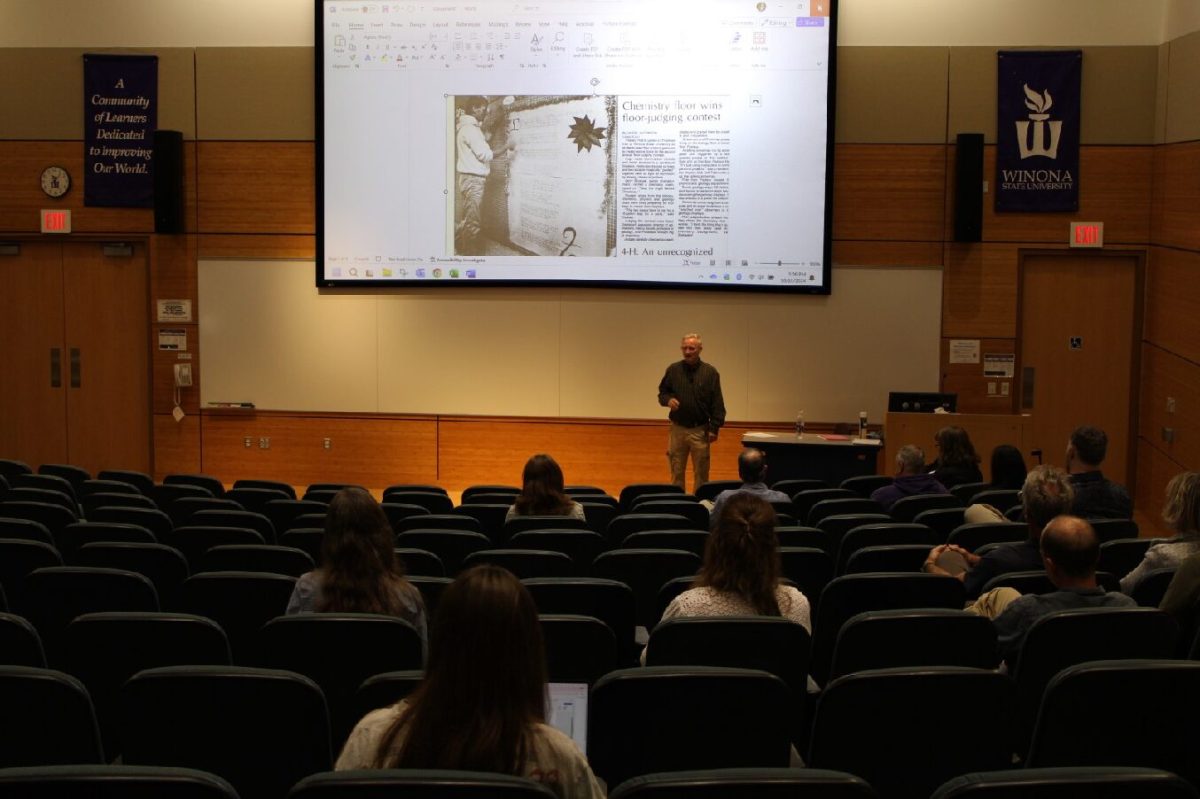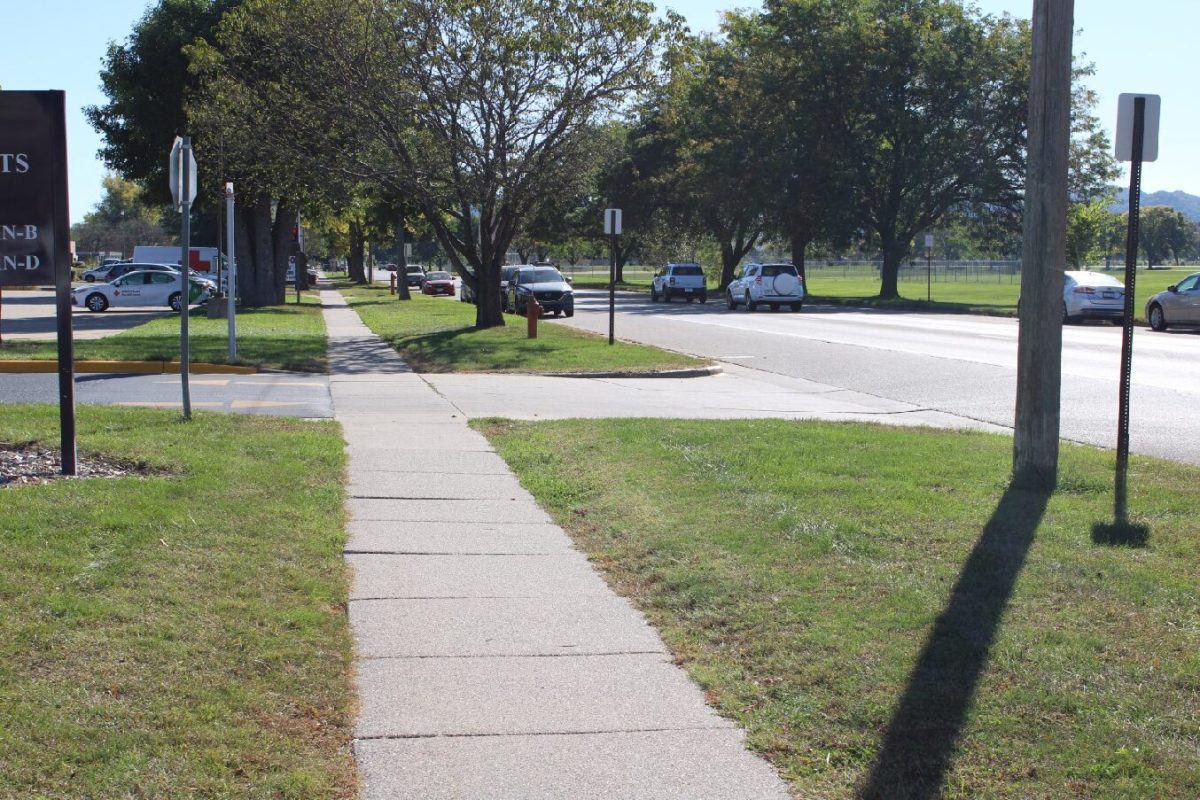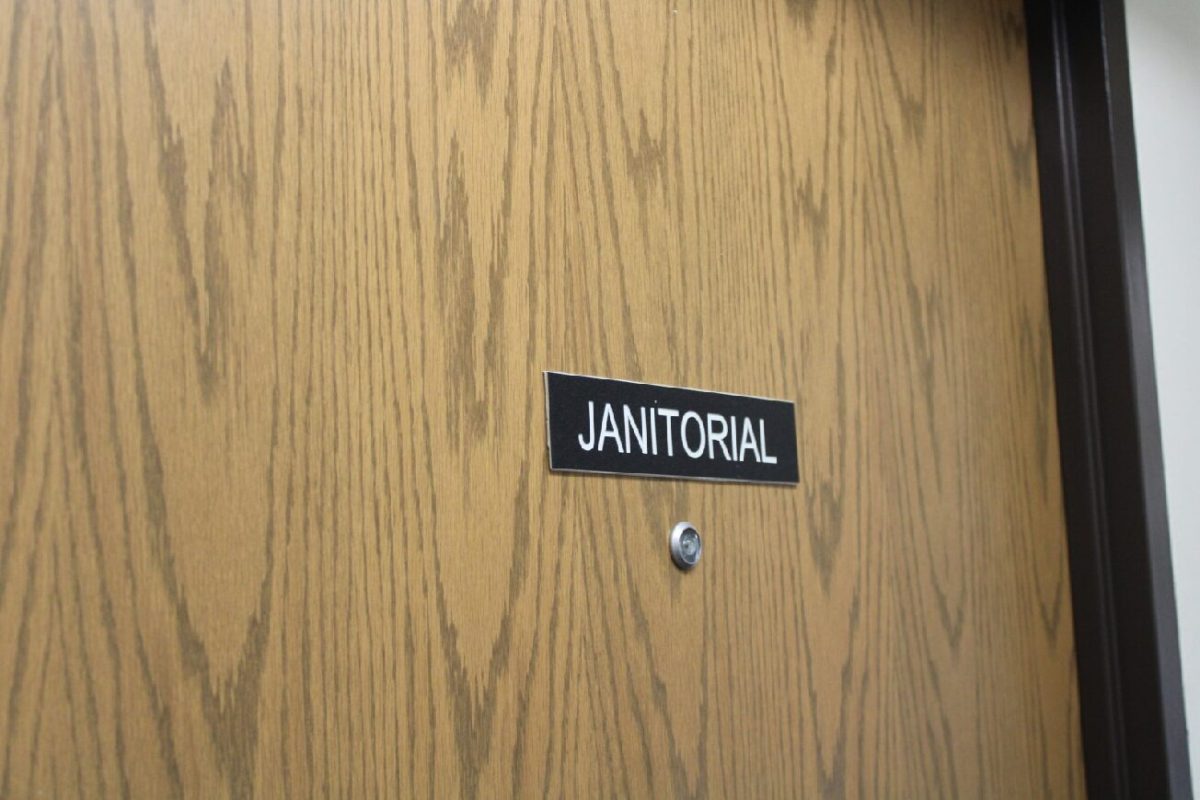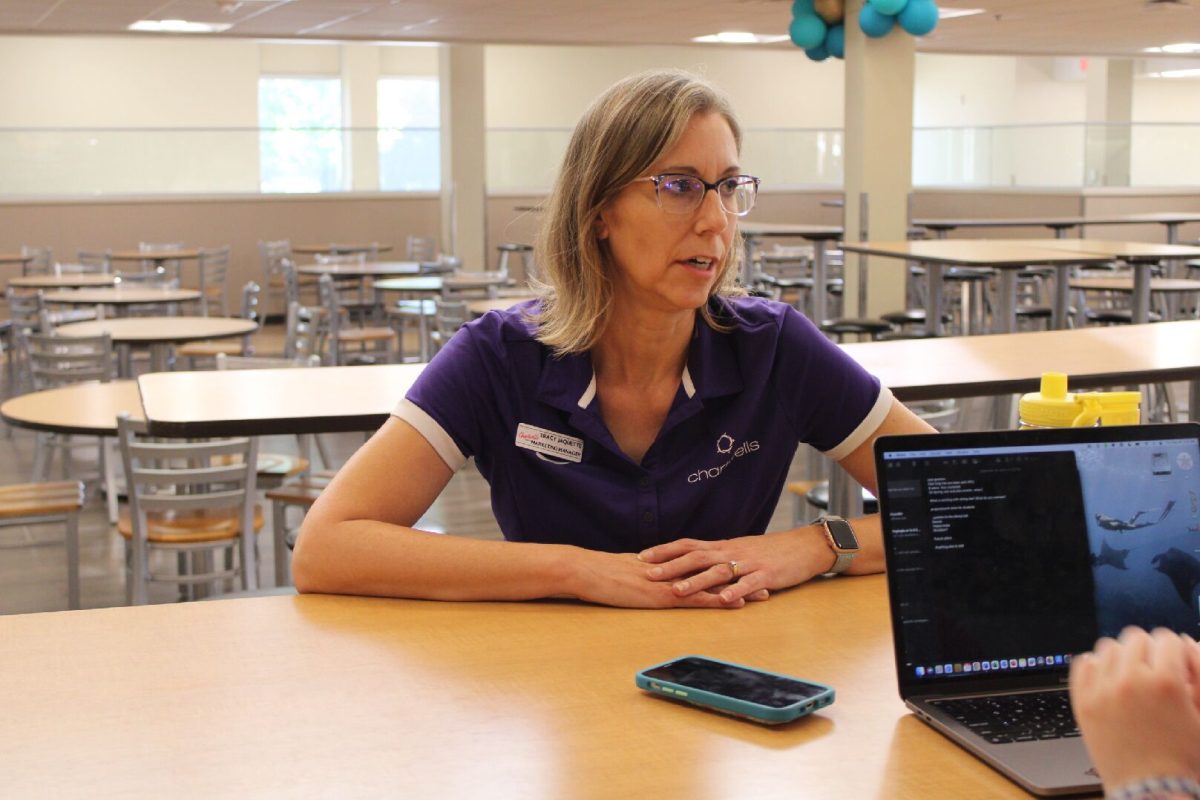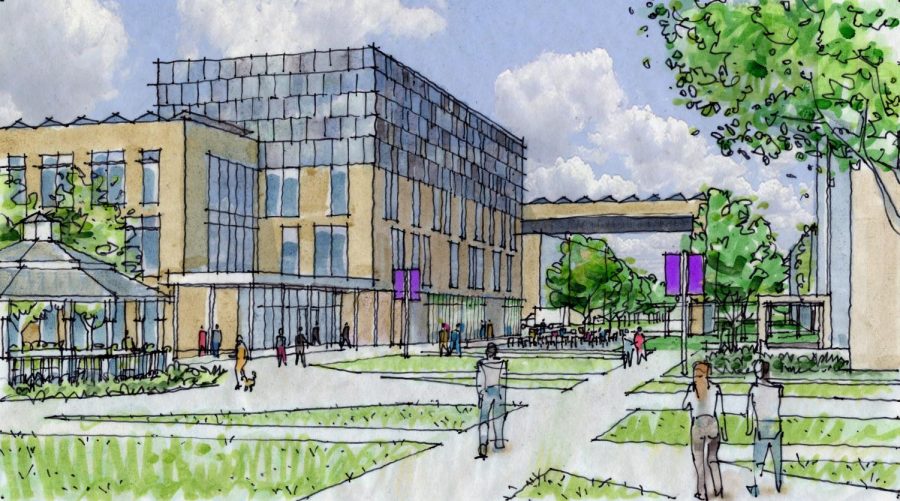CECIL coming soon? Winona State pushes for new building
Photo Contributed By Erin Blumentritt
e project CECIL, Center for Interdisciplinary Collaboration, Engagement and Learning is expected to replace Gildemeister and Watkins Halls. The building will be open to all students regardless of their discipline.
January 29, 2020
Winona State University has proposed a project for a new building on campus to the Minnesota legislator.
The proposed project is called Center for Interdisciplinary Collaboration, Engagement and Learning, or CECIL.
The new building will replace Gildemeister and Watkins Halls. Both halls have been deemed by university staff outdated and no longer fitting the needs of students and faculty.
CECIL is planned to accommodate the needs of students and faculty to fit their educational needs.
CECIL will have enhanced spaces for classrooms, labs, studios, workshops and faculty offices.
The building will be open to all students regardless of their discipline.
President of Winona State, Scott Olson, said CECIL is all about student collaboration.
“The basic idea behind CECIL is that it’s interdisciplinary, collaborative and engaged. The work that goes on there is about how disciplines intersect with each other and influence each other, and that just being in a silo of one thing is probably not the world you will be functioning in the rest of your lives,” Olson said.
The technology within the new building and the innovative approaches are designed to prepare students for their future.
“Our students will graduate finding cool intersections between what your main interest is and another interest, so that you leave here ready for the 21st century,” Olson said.
Nathan Engstrom, sustainability director at Winona State, said CECIL would not belong to a sole discipline.
“One big idea behind at least the proposed concept so far is that while certainly for practical reasons, certain departments would have their offices there. No one department would own the building, it would be available for all the different disciplines,” Engstrom said.
Engstrom said CECIL will be the most sustainable building in the Minnstate system.
“Some of the biggest goals and ideas behind the project are all very sustainability focused, so one big highlight is that the building proposed would be the first net zero energy carbon neutral building in the Minnstate system,” Engstrom said.
Engstrom said net zero energy means that the building will produce as much energy as it consumes.
CECIL will have solar panels as well as geothermal heating and cooling to eliminate the need for fossil fuels to power the building. These two features are planned to help the university’s sustainability efforts.
By eliminating powering the building with fossil fuels, CECIL will reduce carbon emissions by 1.8 million pounds annually.
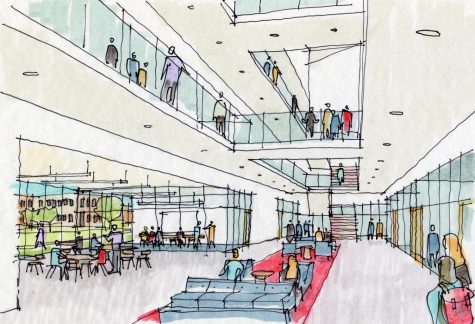
CECIL will have solar panels as well as geothermal heating and cooling. These two features are planned to help the university’s sustainability efforts.
“[Geothermal heating and cooling] use the natural temperature of the earth as a heat source and a heat sink. In the winter, you can extract heat from the earth and use that to heat the building. In the summer, you’re doing the opposite. You’re doing that through very energy-efficient electric heat pumps,” Engstrom said.
CECIL is predicted to lower annual campus energy usage by 3.7 percent assisting in Winona State’s overall sustainability goal to keep campus and the air and water supply as clean as possible.
There may be changes added to CECIL that have not yet been discussed.
“I was part of the committee that was working with the architects for the predesign process. You have to be mindful that there’s always more you can do, even as the design evolves,” Engstrom said. “We just have a predesign right now. We’re potentially a couple of years from construction, and a lot can change.”
CECIL is predicted to be sustainable to the point that it will pay itself off over the course of a few years.
“After 9 and a half years, all of these investments will have paid for themselves. The building won’t have any energy costs. The future of Winona State and the future of the world is more buildings like this.
“The money that gets saved would be invested in other things that students are telling us that are important to them,” Olson said. “Money that we’re not spending on energy might be money that we’ll be spending on new counselors, new faculty members, new programs, things that students are saying they desire.”
Winona State has been placed on a list of projects for legislators to decide where the funding will go.
“Buildings like that come to our students because we work in St. Paul with the legislature to persuade the governor, the house, and the senate that a project on this campus is a value to students, that it will give them additional labs or classrooms they need to be on the cutting edge of whatever their profession is,” Olson said.
If CECIL gets chosen as a project to receive funding, it will be fully covered from bond requests in the Minnesota legislature.
The total predicted cost of the project will be $47 million.
Olson said that there are two phases for funding. Phase 1 will be asking for $3 million to plan and design the building. The $3 million will also be used for hiring architects who will design and develop the materials.
Olson said phase 2 of the funding will be in spring of 2022 and will be asking for an estimated $44 million. The $44 million will be the funding in which CECIL will be built.
There is already legislative support for the CECIL project.
“Representative Pelowski, and Senator Miller have indicated that they intend to support it,” Olson said. “They’ll each introduce a bill, one into the house and one into the senate for those bodies to support it. We already know the governor has supported it, so we’re on the governor’s list.”
CECIL is a project that Engstrom believes will push Winona State further and challenge students to become better versions of themselves both inside and outside the classroom.
“The intention is to really be transformative, transformative to the way education happens on campus,” Engstrom said. “Transformative to the way buildings are designed and are built on campus, and the way that really translates the way Winona State’s vision for the future is.”
CECIL design plans will begin in fall 2020 and, if approved, is predicted to be built by fall 2024.
*All opinions expressed are of the Winonan staff. They do not necessarily reflect those of the college, university, system, or student body.*

